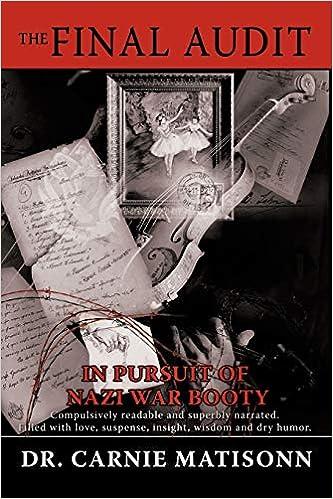Question
Consider a market for college professors (or administrators, if you prefer) in which there are 100 sellers (candidates) and 100 buyers (college search committees). Suppose
Consider a market for college professors (or administrators, if you prefer) in which there are 100 sellers (candidates) and 100 buyers (college search committees). Suppose the supply side of the labor market is made up of two types of candidates: {lemons, peaches}. Lemons are poorly-trained slackers and have a low productivity value, whereas peaches are well-trained, have intrinsic motivation, and are highly productive.
Assume it is common knowledge that there are 50 lemons and 50 peaches in this market. Buyers (search committees on the demand side) cannot observe a candidates type. Candidates know their own type. A lemon candidate is willing to accept a job for a minimum salary of $60000 and a peach candidate for $160000 minimum. The buyers are willing to pay a maximum of $200000 for a peach and a maximum of $100000 for a lemon. Note that if if it is easy to verify the quality of the candidates there will be no problems in this market.
The lemons will be usually be hired at some price between $60000 and $100000 and the plums will sell at some price between $160000 and $200000.
a) Draw a figure describing the market failure.
b) Assume search committees have to guess about how much each candidate is really worth any buyer would be willing to pay a maximum of the expected value of the candidate. Using the numbers described, find the maximum salary any buyer would be willing to offer any candidate.
c) At this maximum offer, how many lemons and how many peaches will be hired in equilibrium?
d) Given this market failure, what can we say about the signal for a candidate being on the market at all? e) Give me on simply, potential solution to this market failure resulting from asymmetric information.
f) Finally, consider the case in which the distribution of lemons to peaches credibly shifts: now there are 30% lemons and 70% peaches. Model this market. What is different from the results in parts a-c?
Step by Step Solution
There are 3 Steps involved in it
Step: 1

Get Instant Access to Expert-Tailored Solutions
See step-by-step solutions with expert insights and AI powered tools for academic success
Step: 2

Step: 3

Ace Your Homework with AI
Get the answers you need in no time with our AI-driven, step-by-step assistance
Get Started


